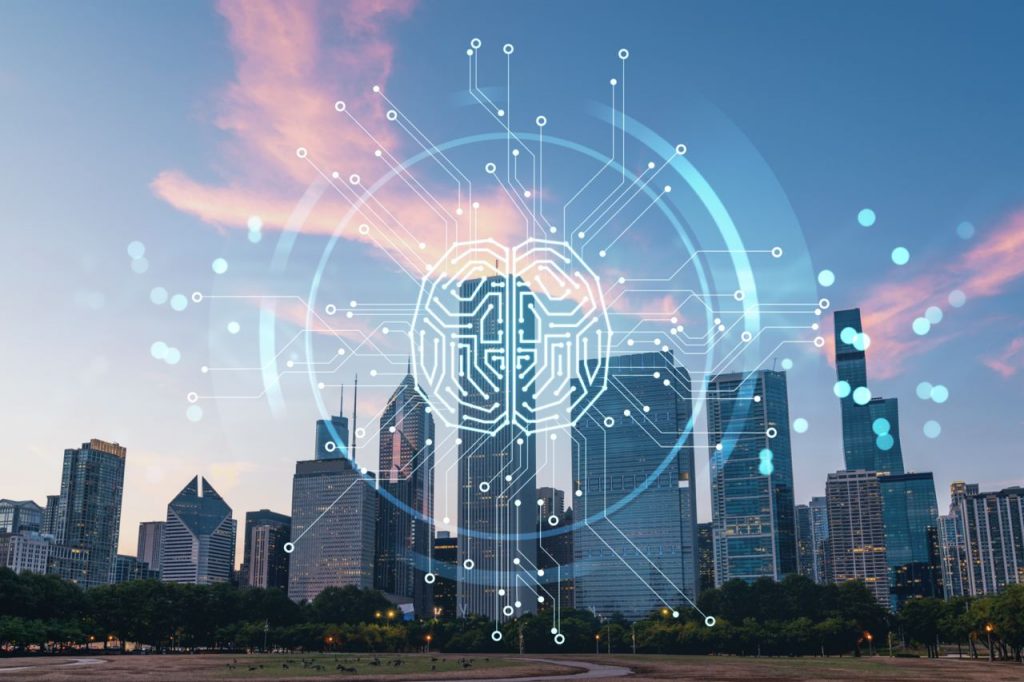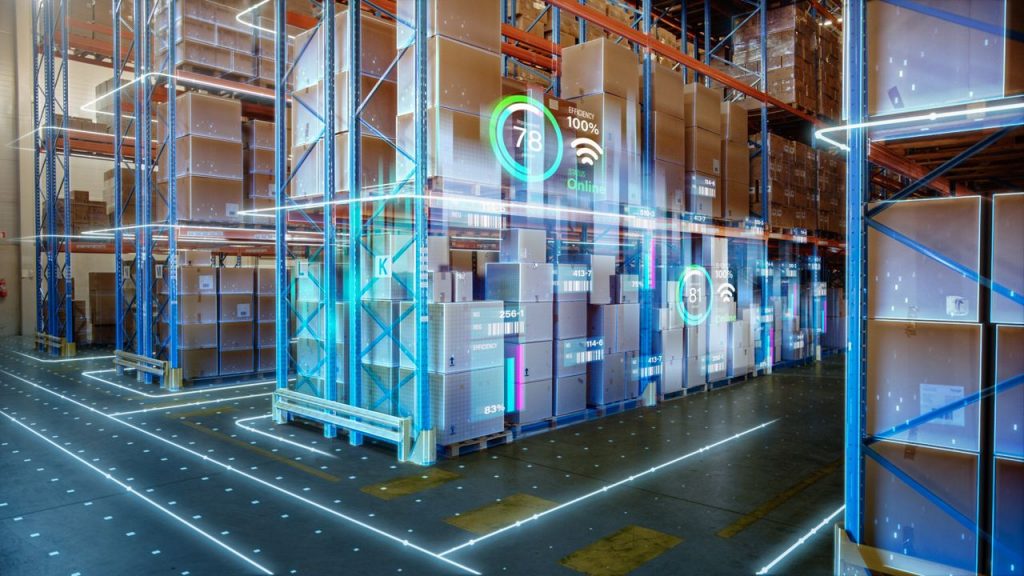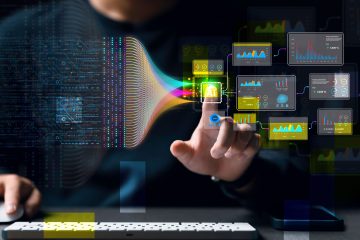In recent years, Machine Learning (ML) has exploded in popularity. Large tech companies like Amazon, Facebook and Google have been using it for years to bolster their businesses, but the general public is only now starting to catch on.
It is a known fact that Machine Learning mainly depends on data. The data you offer to ML decides what results you get. Flawed datasets and improper data collection mechanisms are two prominent reasons behind the inaccuracy and inefficiency of Machine Learning processes. These largely hamper the advantages that Machine Learning has to offer. The Global Machine Learning Market is expected to expand at 42.08% CAGR during 2018–2024.
So what is Machine Learning? Simply put, it’s a type of artificial intelligence that allows computers to learn from data on their own. This means that they can not only recognize patterns but also adapt as they receive more input. ML is used in a variety of industries, but one of the most popular applications is in software development. In this blog we will discuss the use of machine learning in software development.

Stages Of ML
Machine Learning is a subset of artificial intelligence that allows computers to learn from data without being explicitly programmed. It works by building models using large amounts of training data and then testing those models against new data to see how well they perform. There are many different programming languages that can be used for machine learning. However, the most popular ones include Python, R, and Java.
Machine learning is an approach to solve problems that are not easily solved with traditional methods. It is a way of building computer programs that makes use of the ability of computers to learn from examples and data. It can be used for many different types of applications, including speech recognition, image recognition, natural language processing and autonomous driving.

Here are the 7 stages of ML:
- Collecting data: As you know, machines initially learn from the data that you give them. So, in this stage, we are collecting data to train the model.
- Preparing the Data: After you have your data, you have to prepare it. The most important part is cleaning and transforming it so that we can make use of it.
- Choosing a Model: The first step in any machine learning project is to choose the model you want to use. Models range from simple linear regression to more complex deep learning models.
- Training the Model: In this step, we will train our model using labeled data and then test it on new unlabeled data. We can also do feature engineering here like discretization or dimensionality reduction for accurate predictions.
- Evaluating the Model: In this step, we compare our predictions with ground truth and decide whether our model works or not.
- Parameter Tuning: This is one of most important steps in machine learning because if you don’t tune your parameters properly then your model will be useless or worse!
- Making Predictions: In this stage, we make predictions about the future. We use a learning algorithm that has been trained on data with known outcomes.
Machine learning is used in software development to improve the accuracy and reliability of the software by using algorithms that identify patterns, classify data and make predictions. It helps in identifying the errors in the code that could lead to bugs and other problems. Machine Learning can also be used to predict future events based on user behavior or historical data.
There are two main ways you can use machine learning in your software development process: as part of the design phase or during the implementation stage. During the design phase, you can use machine learning to help identify patterns in your user’s behavior and preferences. This information can then be used to improve your product designs or create better prototypes for testing purposes. Machine Learning development is the process of using machine learning algorithms to improve software quality. In other words, it’s a way of automatically detecting and correcting errors in your code so that it runs more smoothly and meets higher standards.

ML&AI And Its Implementation
One of the most common uses for machine learning in the energy industry is forecasting. Forecasting involves predicting future events based on past events.
In the wind energy sector, Machine Learning can be used for three main purposes:
- Predictive modeling: This involves using historical data to predict future events or trends.
- Natural language processing (NLP): NLP helps machines understand human communication better by understanding what words mean and how they are related to one another.
- Data analysis: By analyzing large amounts of data, machine learning can help identify patterns and insights that would otherwise be difficult or impossible to see.
In the energy sector, ML can be used:
Energy companies use Machine Learning to predict how much electricity will be needed at different times of day and week, and to forecast demand for specific types of products. Machine Learning also helps utilities plan their resources more efficiently by predicting when customers will switch power sources or consume more electricity than usual.
- Machine learning can be used to predict how an energy system will behave in the future, based on past behavior.
- Machine learning can help identify patterns in large amounts of data that would otherwise be difficult or impossible to find manually.
- By understanding customer behavior over time, machine learning can help companies better target marketing campaigns and advertisements toward specific demographics or interests.
There are many AI development services available that will help you implement Machine Learning into your business. These services will typically include training the algorithm, creating models or templates based off of past data, and providing ongoing support so that the system continues to improve over time. By using an AI development service, you can ensure that your system is properly trained and optimized for performance purposes.
Some common examples include:
- Machine Learning algorithms can be used for text recognition (to identify specific words or phrases),
- Sentiment analysis (to determine whether a piece of content is positive or negative),
- Object detection (to identify objects in an image or video),
- Natural language processing (to understand what someone is saying).
To bring data in its best form is the key to making the most out of ML algorithms. It is important to make sure that data is by the ML system and does not face issues like the wrong data-collection mechanism and over-extensive data etc. FortySeven Software Professionals offer the best ML solutions to make your business easier and efficient.



